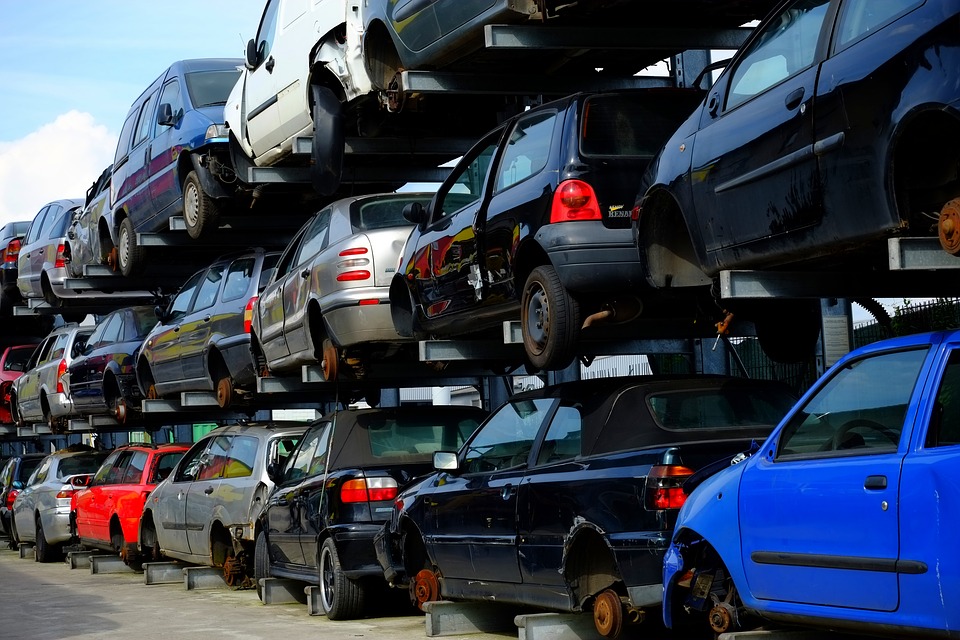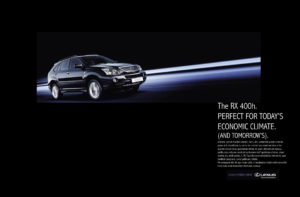 Guides
Guides
Cars are great especially when they shield you from the rain, get you from A to B, and give you an extra room away from your house where you can do things in your private space. They also provide dopamine rushes when you are overtaking others and when you are racing in them. They are also useful for getting to places where there are no taxis and when you want to control your schedule. However, cars can be expensive, and they depreciate fast. Therefore, when you are looking for a car, it is better first to check out the used options. They can be a good bang for the buck, and the following are steps on how to safely buy a used car.
Decide on the Car You Can Afford
As yourself the critical question of how many cars you can afford and while you are making the estimate remember to include the average cost of maintenance. If you are looking for $2000 in the value of the car, then also add some figures on that regarding the fuel cost and the ordinary wear and tear for things like oil changes and transmission fluid changes. Therefore, your budget should be at least $2500 including insurance. Once you have this mentality, you will not erroneously consider a car out of your league.
List Possible Options Based on Their Reliability
Used cars are old in they might be out of their warranty period. You want to buy the one with high-reliability ratings because you do not wish to be the person spending your hard-earned money on repairs because of manufacturer faults in design. You might notice the most reliable used cars cost a little more and that is a good thing. It is better to add a little cash up front and get something that will not cause you to pull out hairs because it keeps breaking down.
Check the Pricing
Once you have a list of cars you can buy and be okay with the purchase, check purchase prices from different used car dealers and individual sellers. The prices will help you narrow down on what to pick eventually, and you could also find out whether there is room for bargaining.
Locate Cars you Can View
Looking for cars in your area is a good move because you can go to the yard or arrange with the seller to view the car. Once you get to the car, check its mileage, its rust status, the upholstery status, and the body works. Confirm any signs of wear and tear or neglect. Take a knee and check the underside. Check the trunk for any signs of abuse. Do this at your own pace and do not let the seller rush you. Finally, take the vehicle for a ride.
Check the Vehicle History Report
The last thing before parting with your money is to check the history of the car. Most people will not tell you whether the car was in an accident. However, you can take time off the purchase to do background research about the car from ownership databases. You should also consider the chance to get any reports about maintenance done on the car before you decide to buy.


